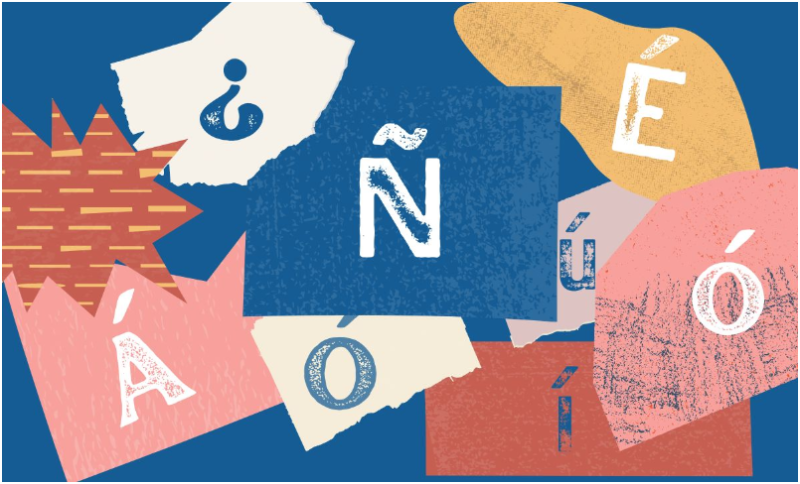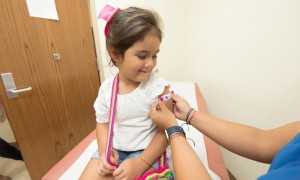According to the U.S. Department of Education, enrollment of English learners in K-12 has increased by more than 1 million, representing 5.3 million students in U.S. public schools. Historically, this population has experienced inequities in educational outcomes due to factors including poverty, discrimination, poor instruction, exposure to crime and lack of health care and mental health services.
These disparities became more pronounced during the pandemic despite civil rights laws that are supposed to ensure English learners have equal access to education. Reversing these trends and improving educational outcomes for children who speak a language other than English at home involves attending to their individual learning through both effective instruction and accurate assessment.

Effective instruction means employing approaches differentiated by the students’ languages, culture and social experiences to address these significant educational disparities. Accurate assessment means measuring students’ levels of ability in given academic areas to provide educators with predictive information about which are on track for proficiency and which are at risk.
But universal screening assessments are largely published and administered in English. Testing children in all the languages they speak would be ideal; however, more than 300 languages are spoken in the U.S., and creating each exam and providing the tools and staff to administer
them would not be easy. It would mean hiring educators capable of testing students in all languages and investing in the creation of each assessment — which requires researching the literacy and science of reading in each language as well as validating the assessment through field testing and item calibration. While not impossible, this is a costly endeavor that would take years to accomplish.
Since Spanish is the second most commonly spoken language in the nation, and the first language for 75% to 80% of English learners, providing high-quality assessments in that language should be a priority.
Because language development does not necessarily happen at the same rate or in the same pattern in both languages, English-only approaches underestimate a child’s ability, generally providing more information about what students can’t do rather than capturing their actual skill set in their home language. This deficit-based approach may provide inaccurate information to guide instructional planning for these students. Assessing Spanish-speaking students in English only, without taking into consideration their English proficiency, can result in lower levels of performance, which may be mistaken for reading disabilities. Therefore, accurate assessment is needed in both languages in order to truly understand a child’s language and literacy skills and to provide the appropriate level of instructional support.
Learning to read is central to academic success. Poor literacy can lead to low educational attainment, depressed wages and generational poverty. Reading scores as early as third grade are highly predictive of life outcomes.
Assessing bilingual students in both their home language and in English provides the most accurate estimates of their overall ability. It is important for teachers to know what children are capable of in their home language, because they can leverage these skills during English and bilingual instruction to design effective educational experiences, including lessons, games, group work, that are tailored to the child’s ability levels in both languages. This is particularly true in the early elementary grades, when home language exposure has a much greater impact on proficiency than the language spoken in school.
Some experts in the field note that high-quality reading assessments for Spanish speakers should focus on the same critical early literacy skills as for English speakers. They should be efficient and easy to administer, and account for specific linguistic features of Spanish. For example, they should include letters that are particular to the Spanish alphabet, and passages should reflect that language’s syntactical, lexical and grammatical rules.
As an alternative, teachers can support students by learning more about their home languages through parents or interpreters, and understanding which sounds English and the home language have in common. Sounds that are not present in both will be harder for a child to hear and say; knowing this will help a teacher better understand what will transfer between languages and what might present difficulty.
There is a critical need for educators to learn about and start using high-quality reading assessments with students in their home language, especially given the instructional loss that occurred during the pandemic, and particularly in literacy. It is a first necessary step toward identifying the right instruction to help English learners become successful readers.







